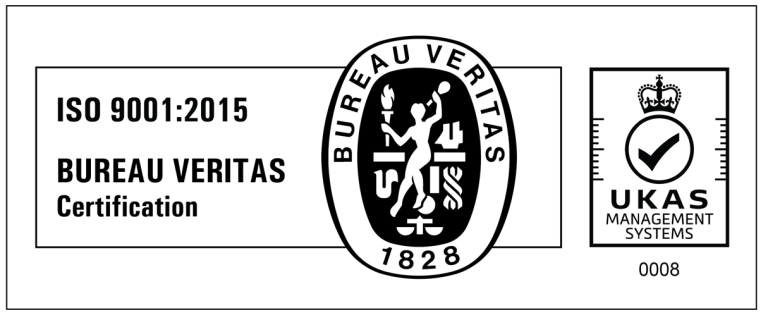If you’re looking to maximise the power and performance of your vehicle, then changing your stock turbocharger for a bigger or better model can be an effective part of the process.
In this guide, we take a look at some of the reasons for upgrading, what you can expect to achieve, and the considerations you need to take for the process to be completed safely and in the most efficient way possible.
Before looking at this guide, you might want to look at our beginners guide to turbocharging, which offers a brief overview of how turbocharging works!
Why Upgrade?
There are a number of good reasons you might look to upgrade the turbocharger on your engines. These include:
Competition use
If you want to build a race vehicle, or take your weekday run-around to the track on your days off, then replacing the turbocharger with a better model can help provide significant improvements in terms of both responsiveness and straight-line speed.
Improved drivability
If you’re a real petrol-head or performance enthusiast, then adding a better turbo to your vehicle is a great way to push the performance, whilst improving fun, drivability and excitement.
Improved towing
There are also some practical advantages to upgrading your turbo – if you do a lot of towing or caravanning and are struggling for power then replacing your turbo can provide a great solution, giving you the additional pulling power you’re after.
When is it time to upgrade?
As you’re probably aware, the amount of power an engine generates is proportional to the amount of fuel that’s injected into each cylinder – and a turbocharger works by compressing the air, thus enabling more fuel to enter each cylinder.
A turbocharger’s maximum performance is determined by the maximum airflow it can deliver, and whilst most stock turbos do have some additional inbuilt capacity, eventually, they will reach their limit.
As your vehicle’s engine performance, fuelling levels and HP are increased through the additions of modifications such as performance remaps, air intake and exhaust improvements, the turbo will have to work harder to provide the same level of boost.
At the limit of its power, any turbo begins to lose efficiency and durability, whilst increasing the temperature of the air in the turbo and engine, causing unnecessary damage, and throttling performance.
In essence, as soon as you start seriously modifying your engine, you’re probably going to need a bigger turbo to handle the additional fuel entering your engine – one sure fire signs that your turbo isn’t big enough is constant smoke pouring from your exhaust pipe at high speeds!
How to choose the right turbo?
Choosing the right upgraded replacement turbo for your engine is a bit of an art, and requires some research.
First, you need to decide on your goals, and set a realistic power target that’s appropriate for the size of your engine. Past a certain point, the benefits of improving horsepower will be offset by compromises in efficiency, reliability and usability, so consider exactly what it is you want to use your vehicle for.
Then, it’s a case of doing some maths! To properly size your turbo, you’ll need to calculate the volume and mass of air moving through your engine, to ensure that you get a turbo capable of moving that quantity of air.
Whilst this might sound daunting, there are lots of resources online to help with this, providing you with the full range of the equations and info you need to gather.
If this seems a little too involved, then a turbocharging specialist (like one of our team members over at AET Motorsport) can help you navigate the world of compressor map reading and volumetric efficiency, and guide you through the process.
Other considerations
Once you’ve worked out the correct size turbo you need for your engine and performance goals, it all comes down to choosing the right make and model, and as with any component, turbochargers vary massively in terms of quality, performance and price:
As we’ve mentioned on our blog before (check out these posts on the risks of poor quality turbochargers and comparing quality turbochargers with cheap imitations), it’s better and more cost effective in the long run to choose a high quality turbo from a reputable manufacturer.
Further reading
If you’re serious about upgrading your turbocharger, then you might want to consider the following books, which offer a comprehensive insight into the theory, technical aspects, and equations needed to successfully upgrade your turbo:
Turbochargers – Hugh Macinness
Turbo: Real World High-Performance Turbocharger Systems – Jay K. Miller
How we can help
If you need help with any aspect of upgrading or replacing your turbo, then our expert teams are here to help. In addition, our sister company over at AET Motorsport also offer a range of high quality performance components from Turbosmart, designed to help you get more from your vehicle.
For further information, get in touch with a friendly member of our team today on 01924 588 266, or email info@aet-turbos.co.uk.



1 thought on “Turbo Upgrade FAQ – a guide to replacing your turbocharger”
Comments are closed.